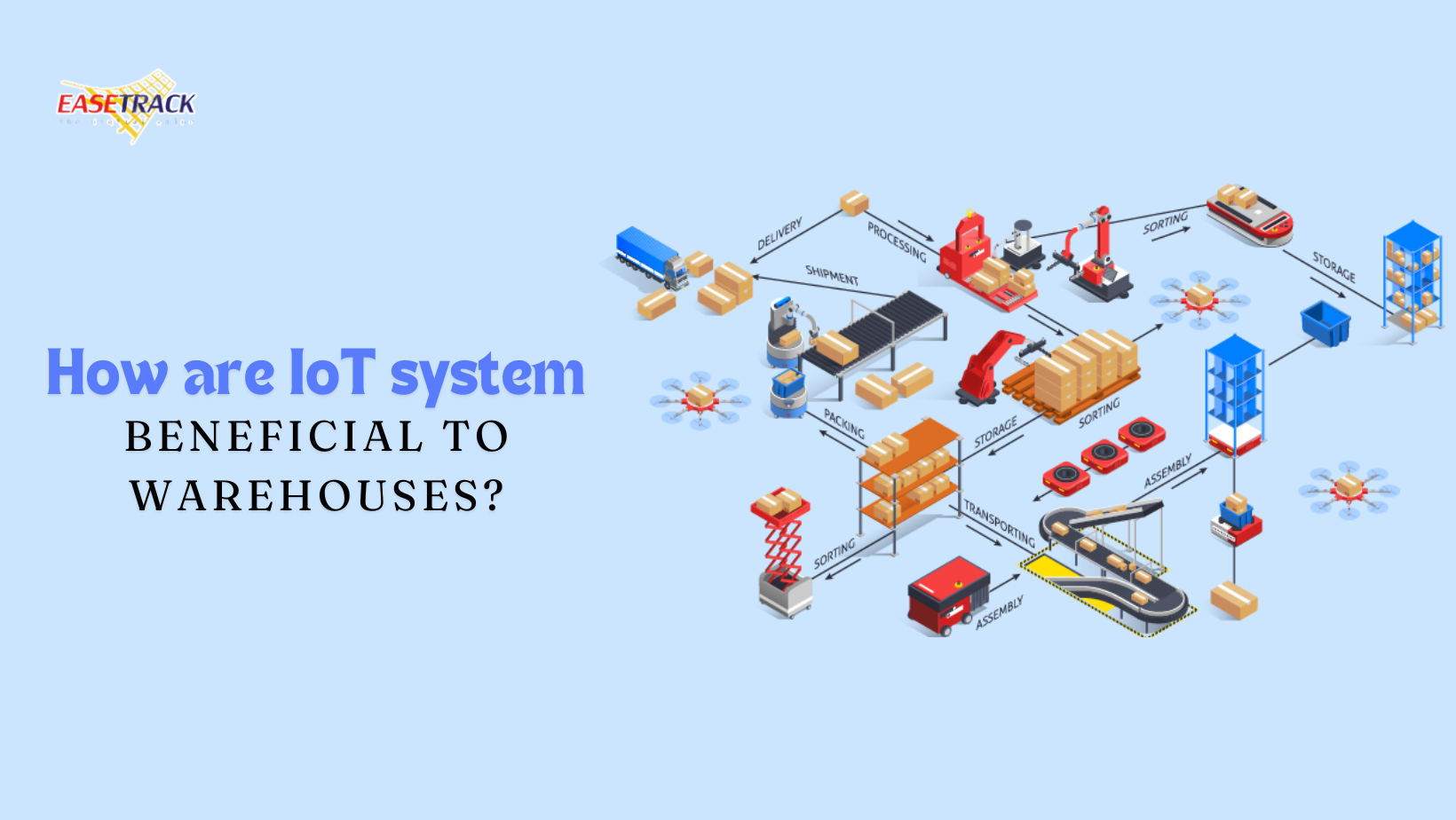
What is an IoT system?
The IoT system for warehouses allows for immediate tracking of products or various assets in real-time at every step, whether it is the location of the products. Information on moving goods to various points Condition of the product, packaging or delivery Instant and continuous updates make Be assured that there will be no damage to the product. and make product management better Reduce time for finding and disbursing products from various locations. Rest assured that the product will definitely not get lost in the work process. The IT system can also be used to track the location of warehouse employees. Makes it possible to see in which position the said employee is located and be able to correctly manage the disbursement of goods as specified in the warehouse management system.
Using the IoT system with the WMS system.
WMS (Warehouse Management System) is an online warehouse system used to manage warehouses. The WMS system helps to manage warehouses efficiently from receiving the product into the warehouse product storage shipping and all management in the warehouse.
When using the IoT system in conjunction with the warehouse system With a WMS, warehouse management will be more automated and efficient. This is because warehouse equipment can connect to IoT systems and deliver real-time insights about the status and location of goods. Additionally, IoT systems can help make warehouse management more efficient it results in fast, accurate product delivery and increases customer satisfaction.
Key benefits of IoT to warehouses:
- Tracking and monitoring the status of goods: using sensors and IoT devices installed in the warehouse. We can check the status and location of the goods in real time. This allows officials to know important information about products stored in warehouses accurately and quickly. Whether it is the quantity remaining, the location, or the movement status of the goods in real time
- Risk and safety management: IoT systems allow us to quickly detect and identify potential problems or risks in the warehouse. For example, detecting leaks, detecting electrical attacks or system disturbances, and preventing loss or theft of goods. This makes it possible to effectively prevent risks and maintain warehouse security.
- Smart Warehouses: Using data and machine learning, we can develop warehouses into smart warehouses that can automate and improve themselves. Relies on real-time data analysis To improve the warehouse management process to be more efficient based on learning and improvement of the system.
- Time and Cost Savings: Implementation of IoT systems reduces time spent on warehouse operations such as product search, data capture, and product delivery. This reduces labor costs and greatly increases work efficiency.
- Modernizing and Connecting Warehouses: IoT systems enable warehouses to efficiently connect with other systems in the organization, such as warehouse management systems (WMS) or environmental responsibility management (ERM) systems, to enable operations. Work goes more smoothly and efficiently.
- Data analysis and prediction: IoT systems enable fast and reliable data analysis of product movement in warehouses. This makes it possible to predict future customer needs and effectively plan product delivery in advance.
- Improving delivery efficiency: Using IoT systems allows for efficient monitoring and improvement of warehouse delivery processes, such as creating appropriate delivery routes, choosing the right machines or delivery vehicles, and analyzing and improving delivery connection processes to reduce shipping times and costs.
- Self-improvement and organizational development: IoT systems make it possible to receive data from warehouses and improve every aspect of warehouse and organizational processes, allowing organizations to adapt more efficiently to changes in the market and customer needs. efficiency
Source: cnetthailand
